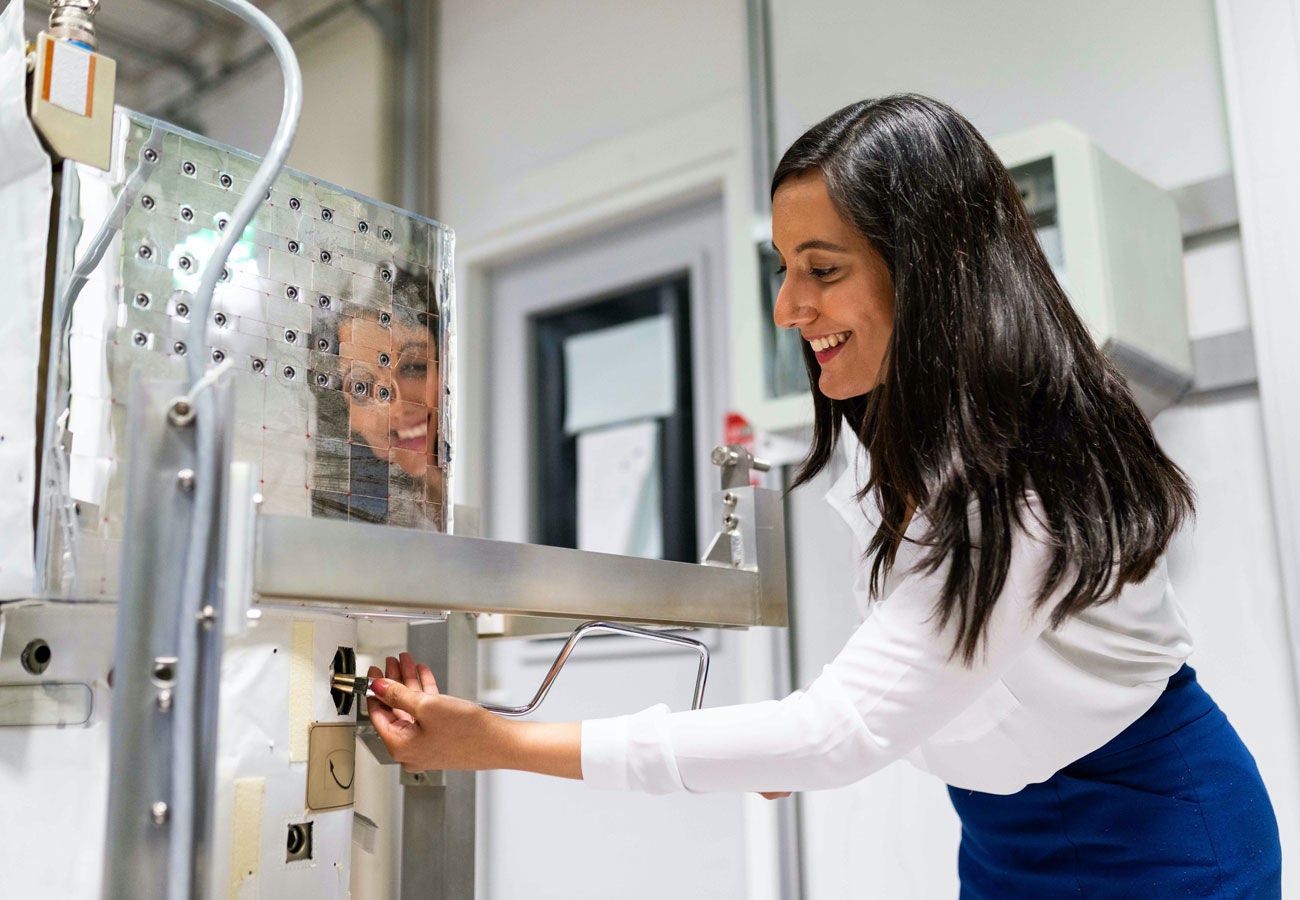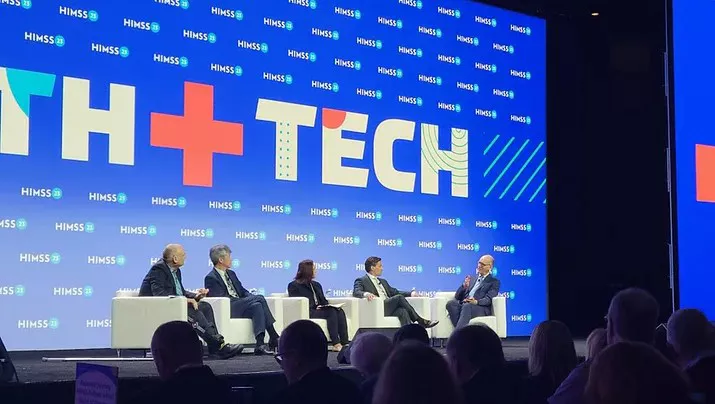Featured insights
Artificial intelligence
Impossible? That was yesterday. For us, AI isn’t just a technology—it’s a path to enabling limitless potential. Explore our latest perspectives on this fast-moving revolution.
Our industry outlooks
Rapidly emerging trends and economic shifts present an abundance of both challenges and opportunities across industries. Explore our industry outlooks to find out what’s in store for 2024.
Powerful customer experiences
In these turbulent economic times, some have lamented a decline in customer obsession. We say powerful customer experiences are more important than ever.
New ways of working
What does the future of work look like? It’s inclusive, AI-enabled, cloud-powered, and so much more. Browse our latest thinking on this vital topic.









?fmt=webp-alpha)





















